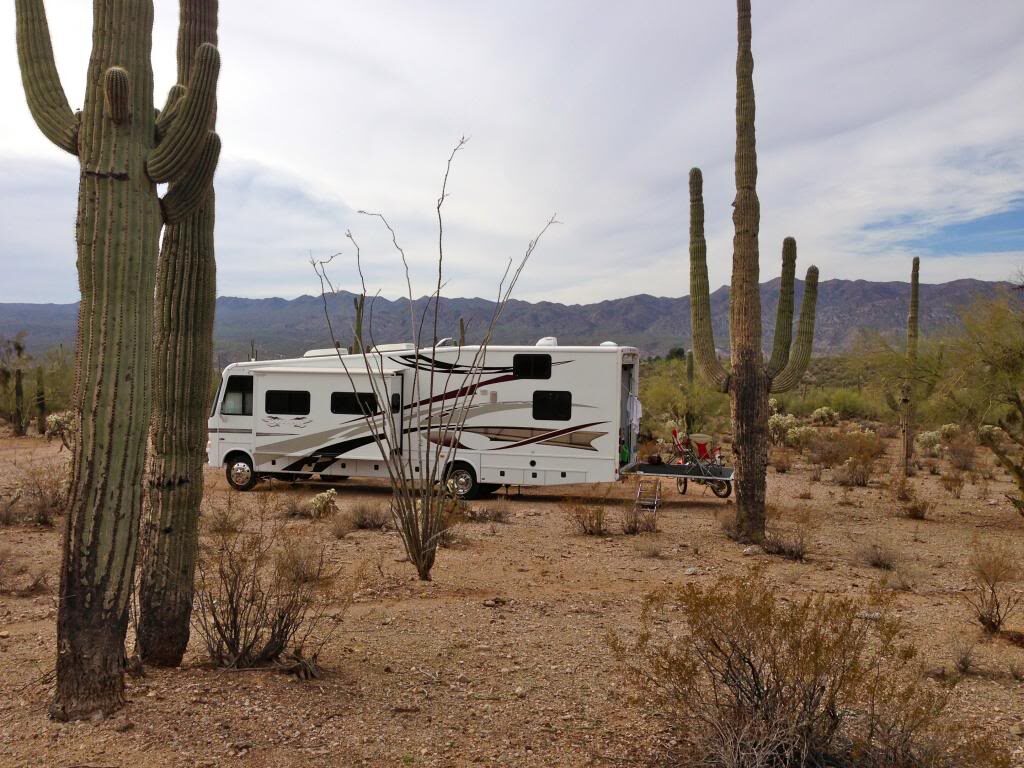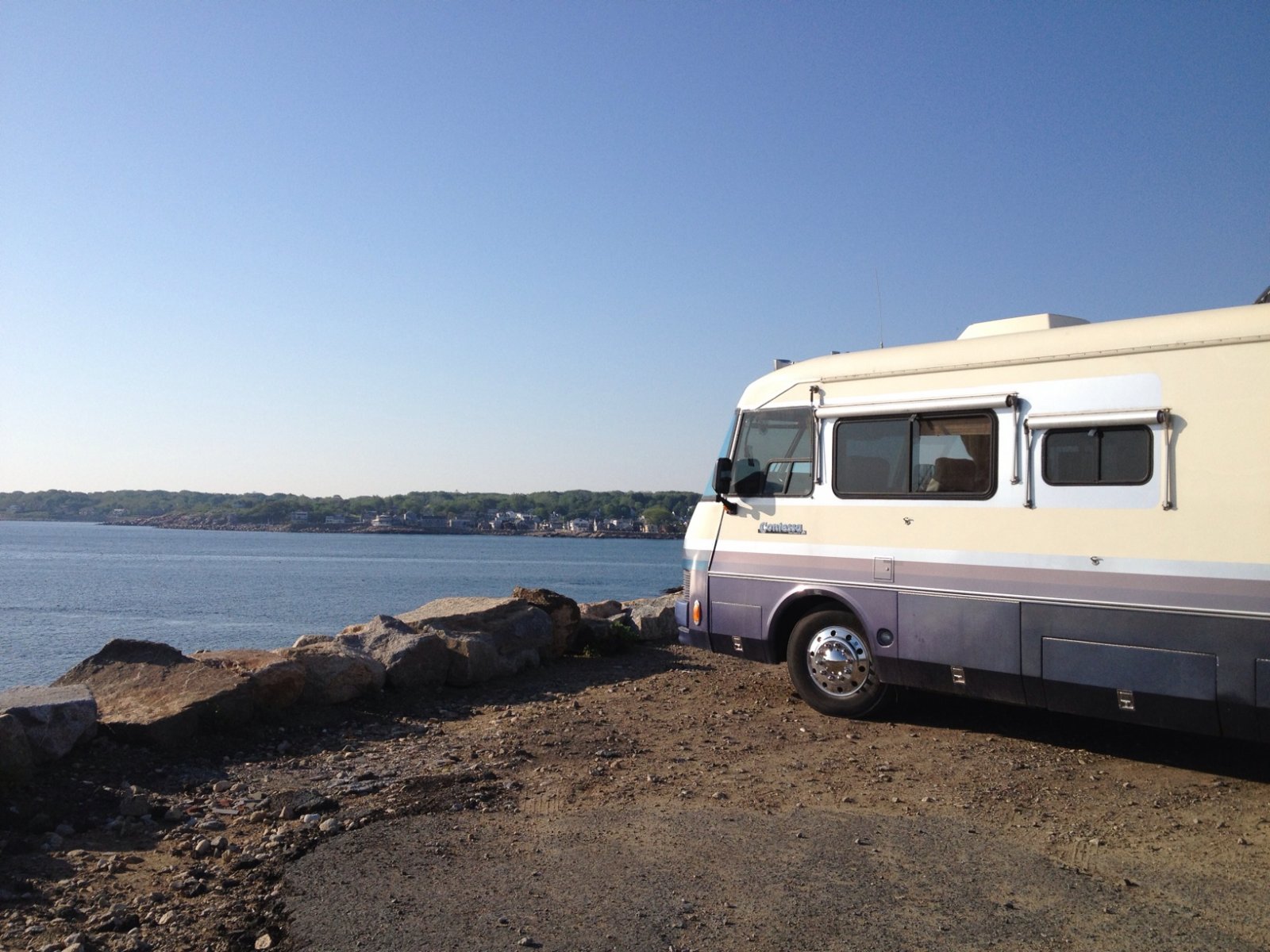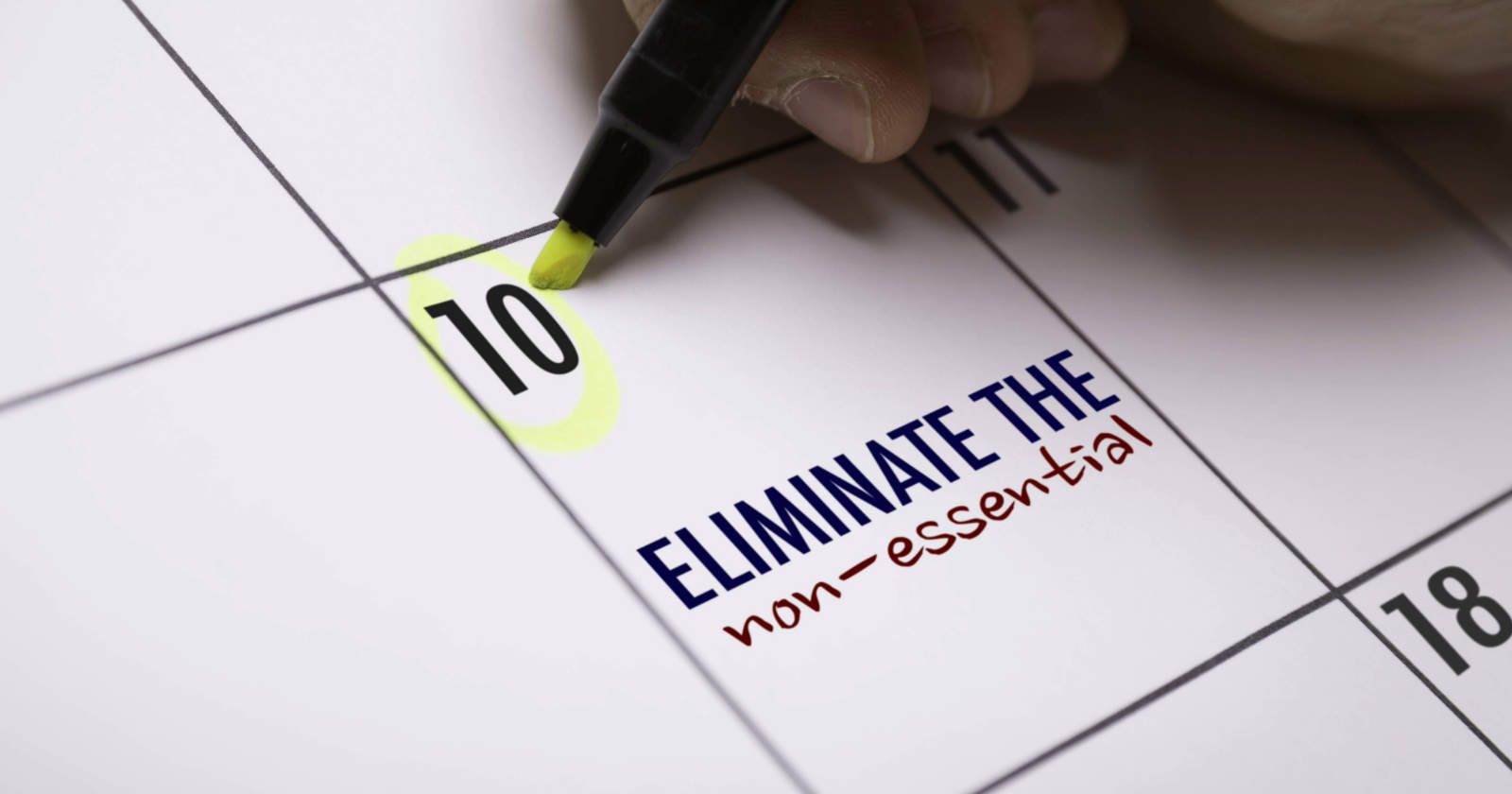
What Is Boondocking & Why You Should Try It
First off, what is boondocking? The Merriam Webster Dictionary defines boondocks as a remote, thinly settled rural area. It is pretty easy to translate how the term is used in the RVing world. Boondocking was initially described as taking your RV out to the middle of nowhere and camping without hookups like electricity, sewer, and water.
Today, RVing out in the wild is not the only form of boondocking. Terms such as dry camping, moochdocking, wallydocking, and others are used to describe different types of boondocking. Let’s dissect this type of camping and find out what is boondocking, what you need to have, and how to find boondocking sites.
What are the types of boondocking?
As stated earlier, boondocking is camping without hookups. Originally people referred to camping in the middle of nowhere as boondocking. As RVers started to grow in numbers, people began to boondock in parking lots of Walmarts or parked in developed campgrounds without hookups. For some reason, we decided to differentiate the types of boondocking.
Boondocking: Camping away from civilization without hookups.
Dry Camping: Typically synonymous with boondocking, but often used to refer to camping in a developed campground that does not provide hookups.
Wallydocking: Dry camping in a Walmart parking lot.
Moochdocking: Staying in the driveway of a friend or family member.
You don’t have to be an expert in the nomenclature of camping without hookups. Most RVers are familiar with using “boondocking” to refer to camping away from developed campgrounds and “dry camping” to refer to every other time you are camping without hookups.
Don’t get hung up on the terms if you are new to RVing. You will most likely not be corrected by fellow RVers regardless of the word you use. They will generally understand that you mean camping without hookups. To give a guide on what is boondocking, we will treat all types of camping without hookups as boondocking.
Why would you choose to boondock?
Some RVers may shudder at the thought of camping away from electrical, sewer, and water hookups. Others feel that RVs are intended to be taken away from civilization and treated like the self-contained living spaces they are meant to be. Regardless of how you feel about the matter, there are many reasons that one may choose to RV.
Free or cheap camping
Camping on BLM land and many other types of government or city land does not usually cost anything. That is a big plus considering many campgrounds with limited amenities cost over $30 a night.
While traveling, many RVers don’t want to pay for an RV site every night, especially if they are just stopping to get some sleep. That makes rest stops, Walmarts, truck stops, or other free boondocking locations attractive overnight options.
Seclusion
One of the many draws of camping is the opportunity to get away from civilization. It is hard to do that when there is another RV just a few feet away from you. Boondocking can be a way to experience the great outdoors while being far enough from people to feel alone.
What do you need to boondock?
So you have decided to sever the campground cord and try out boondocking. What do you need to have to camp off-the-grid?
Water
Water is necessary to have on any boondocking trip. You probably already know that most RVs come with holding tanks for water. You may have to do a little prep work on your freshwater tank before taking it out.
Sterilizing your freshwater tank is required if you want to use the water from it. The process is pretty easy, and bleach is often used. The user manual of your RV usually has instructions on the preferred method to sterilize your freshwater tank. Below is a video on how I sterilize and clean my tanks before a trip.
Bring more water than you need. If you’re new to boondocking, you will be surprised at how fast water can get used up. If you have a holding capacity of fewer than 100 gallons, you may find that bringing extra water is a must. My wife and I take an additional 20 gallons in the form of drinking water when we head out for a long boondocking trip. This saves the water tank for things like flushing the toilet, showers, dishes, and brushing teeth.
Conserve your water. Doing the dishes and taking showers can use up water fast. There are several things that you can do to conserve water. Using an aftermarket showerhead that uses less water, reducing your shower time, and using paper plates and bowls helps. Finding ways to stretch out water has become something of a hobby for many boondockers. Check out this article for some more water-saving techniques.
Keep an eye on your black and grey tanks. In the same way that you don’t want to run out of fresh water, you also don’t want to fill your wastewater tanks too fast. Your grey tank, which receives water from your sinks and shower, will fill up first. The black tank will fill up the slowest. There are several things you can do to prevent waste tanks from filling up too fast.
The same tricks that are used to conserve your freshwater will keep the same water out of your waste tanks longer. You can do your dishes outside to prevent the water from getting in your tank in the first place. If you are going to go that route, make sure you wash your dishes at least 200 feet away from any lakes, rivers, or streams, and use biodegradable soap.

Off-grid power
There are many different ways RVers get power while off-the-grid. RVs come standard with batteries that run the lights, propane furnace, refrigerator, and other 12-volt appliances.
Batteries run out of power eventually, so boondockers will need a means of recharging the batteries. If you want to use the 120 volt AC system, you will need either an inverter or a generator.
Generators can keep you powered up. Most motorhomes come with a built-in generator. If your RV does not come with a generator, chances are you will need one if you want to boondock. Portable inverter generators are relatively light, and many supply enough power to run everything on an RV. You can opt for a smaller generator and still run your air conditioner off the grid by adding a SoftStartRV unit to your RV air conditioner.
The advantage of having a generator is that you will always have the means to charge your batteries or run your AC appliances. The only disadvantage is you will have to bring extra gas with you if your generator isn’t built into your rig.
Solar panels are another option. Solar systems can be as simple as a portable kit that you hook to the battery and put away when not in use. They can also be expensive installs that are mounted to your RV. A solar system will keep your batteries charged throughout the day, so you don’t have to worry about charging with a generator. They have their limits. If the day is very cloudy, you may not get a full charge. Like all power options, solar is great for some RVers but not all.
An inverter or portable power station is a must for boondocking. Some RVs come with inverters already installed. An inverter takes the 12-volt DC power from your batteries and converts it to 120-volt AC power that you can use to run appliances. Getting an inverter installed is not hard but should be left to a professional if you don’t have much experience with RV electrical systems.
Another option that adds an inverter and increases your total power storage is to get a portable power station like the ones Jackery makes. You can also get solar panels to go with your power station.
However you plan on powering your boondocking adventures, make sure you have a large enough battery bank to store the power you need. Many boondockers will turn to lithium batteries because of their ability to be mounted in an enclosed area like a lower compartment.
Leave no trace
It is important to leave a boondocking site as clean or even cleaner than you found it. By practicing the 7 principles of Leave No Trace, you can ensure that the next boondocker will get to enjoy the site as much as you.

Finding a boondocking location
There are many tools and methods for finding boondocking and dry camping spots around the US. Trip planning tools like RV LIFE Trip Wizard have filters that will show you Walmarts, rest stops, Cracker Barrels, BLM and DNR campsites, and more. There are also tools available for those who want to blaze their own trail.
BLM land is public land, and dispersed camping is allowed for 14 consecutive days at one spot. To learn more, visit BLM’s site.
You may have to do some hunting to find the perfect boondocking site. Google Earth is a great tool for looking at satellite images of BLM and DNR areas. It can be used to find unlisted roads, campsites, and you can even get satellite images from various times of the year.
Of course, there are many apps that give you access to off-road maps and dispersed camping resources. You just have to search around and find one that works for you.
Boondocking can take a little extra preparation, and it may require you to watch your resources closely. Many RVers will swear that regardless of those inconveniences, they will take boondocking over a crowded park every time. If you are thinking of trying your hand at boondocking for the first time, my advice is to not overdo it. Try a few days at a time at first.
You will most likely use up all your water in three days or find yourself with a full grey tank before that. You may drain your RV’s battery overnight and have to start your generator at 4 in the morning to get your fridge and heater running again.
Boondocking is one of those things that may require some experience and practice before it becomes relaxing. Once you’re good at conserving and managing your resources, you’ll be glad you put in the time.
Learn more about boondocking
There are several resources on boondocking available online. Check out these articles to learn more:



